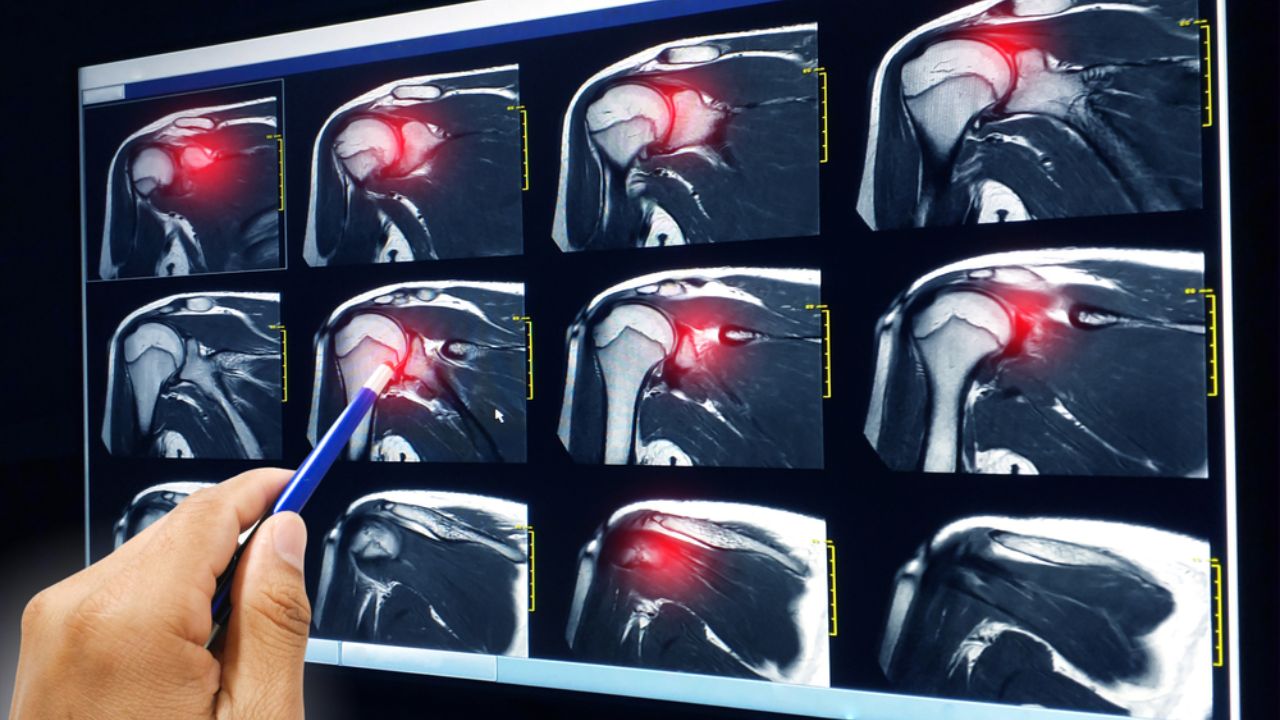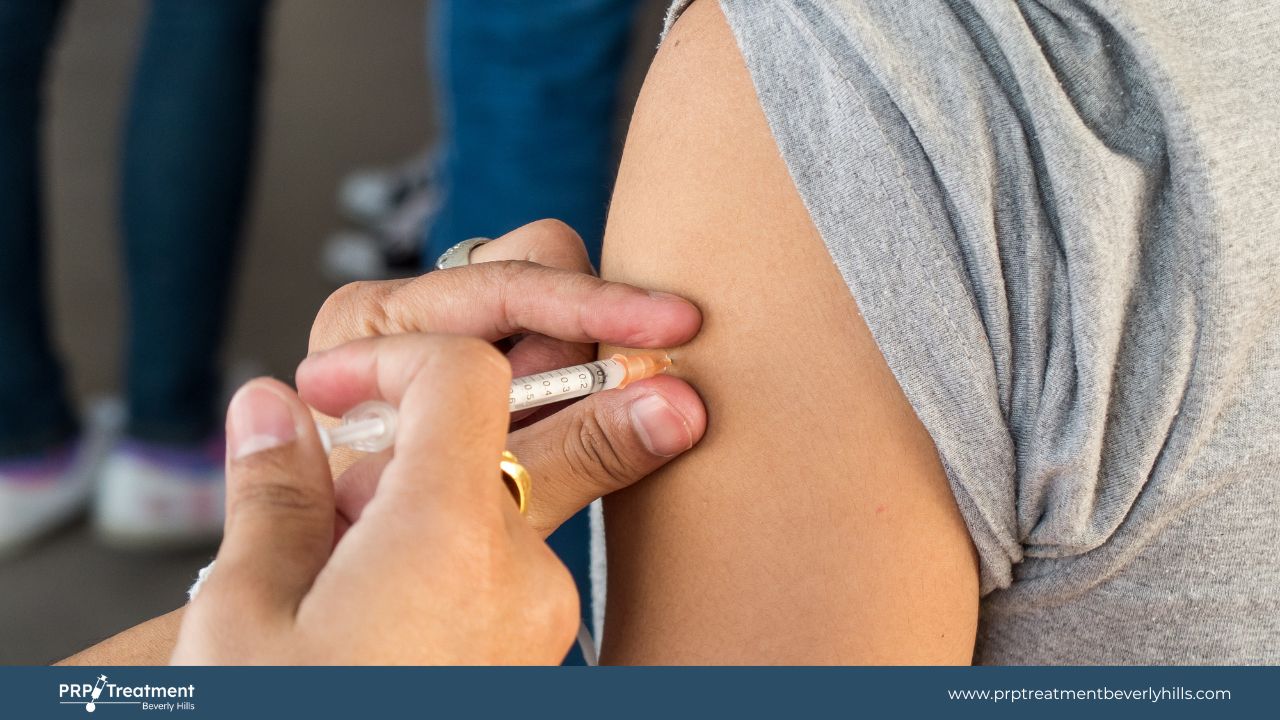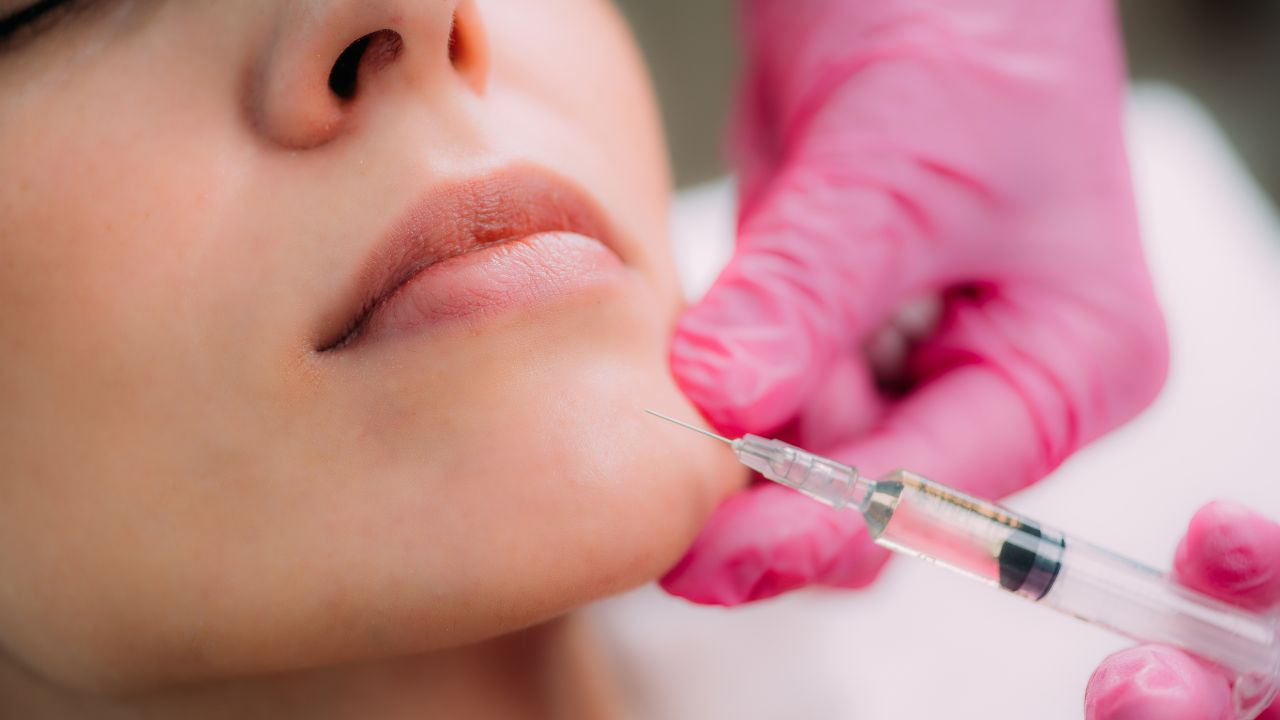Has your reflection in the mirror been lacking lately? Imagine harnessing your body’s natural healing power to rejuvenate your skin, leaving it glowing and youthful. Sounds like a dream, right?
Well, with PRP Facials, this dream can become a reality. Platelet-Rich Plasma (PRP) facials have taken the skincare world by storm, touted by celebrities and skincare enthusiasts.
In fact, according to a report by Grand View Research, the global PRP market is expected to reach a staggering $647.1 million by 2025!
So, let’s dive into the world of PRP facials and embark on a transformative journey, exploring the remarkable before and after effects of this revolutionary skincare treatment.
Transformation: PRP Facial Before and After
After the initial PRP facial procedure, your skin will embark on a rejuvenation journey that is unique and individual. The first change many notices is a ‘glow’ or ‘plumpness’ to their complexion, often seen immediately after the treatment.
Over a few days to weeks, as your skin produces more collagen in response to the PRP, you’ll see a reduction in fine lines and wrinkles and improve overall skin texture. Remember, the regeneration process takes time and varies from person to person, so patience is vital when awaiting your transformation.
Comparison of Before and After Photos and Experiences
The before and after photos of PRP facial recipients can be downright astonishing. The results speak for themselves, from significant reductions in acne scarring to a vibrant glow that no makeup can replicate.
But it’s not just about the photos – the experiences are equally transformative. Many recipients share how the treatment has boosted their self-confidence and revitalized their outlook on skincare. PRP facials are more than just cosmetic procedures. They’re an investment in your skin’s health and self-esteem.
Embracing your transformation is about more than just visible changes. It’s about experiencing the confidence of having healthier, more youthful skin. The PRP facial before and after the journey takes your skin and you to a new level of radiance and wellness.
How do PRP Facials Work?
PRP facials work by harnessing the body’s natural healing ability. The process begins with drawing a small amount of your blood, which is then placed in a centrifuge to separate the platelet-rich plasma (PRP) – a substance rich in growth factors that stimulate cell regeneration.
After your skin has been cleansed and prepared, the PRP is applied to your face. A device with tiny needles – often a microneedling tool – creates microscopic channels in the skin, allowing the PRP to penetrate deeply. These tiny wounds also stimulate your skin to produce more collagen, improving texture and tone.
Scientific Explanation Behind PRP
At a cellular level, PRP facials are fascinating. The PRP obtained from your blood is teeming with growth factors – proteins that play a crucial role in healing and cell regeneration.
When PRP is applied to your skin, these growth factors stimulate your cells to produce more collagen and elastin, the proteins responsible for the skin’s firmness and elasticity. By triggering this natural healing response, PRP facials encourage your skin to rejuvenate, leading to a more youthful, radiant appearance.
Setting Expectations For PRP Treatment
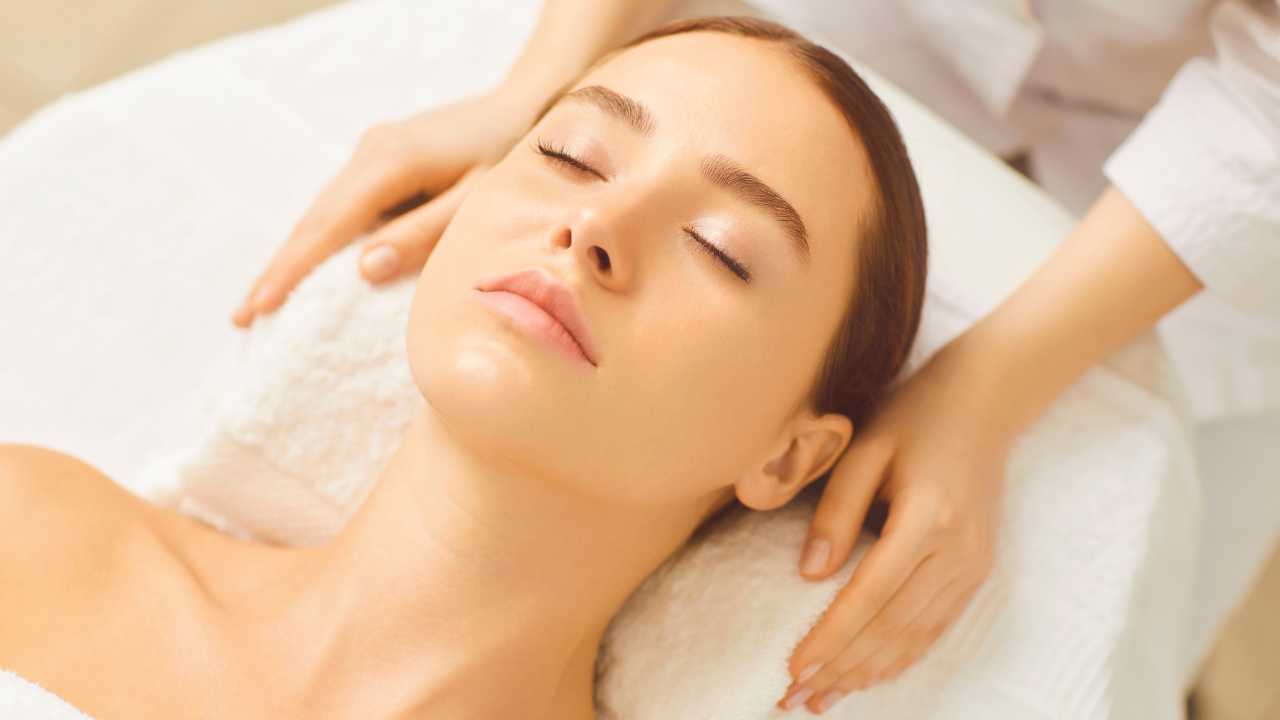
Before you embark on your skin transformation journey with a PRP facial, it’s essential to have a realistic understanding of what to expect. The initial consultation with your skincare professional will involve an evaluation of your skin and a discussion of your concerns and expectations.
They’ll explain the process in detail and assess if you’re a good candidate for the treatment. Common pre-procedure advice includes staying hydrated, avoiding sun exposure, and refraining from using harsh skin products.
Preparing for the Procedure
Preparation is critical for any skincare treatment, and PRP facials are no exception. You might be asked to maintain a good skincare routine to ensure your skin is in its best possible condition before the treatment. Some practitioners may advise avoiding certain medications and supplements that could affect blood clotting, such as aspirin, before your PRP facial.
Possible Immediate Reactions and Results
After the procedure, it’s normal for your skin to feel slightly sensitive. You might notice some redness, swelling, or a tight feeling in your skin – these reactions are normal and typically subside within a day or two.
In terms of results, don’t expect overnight miracles. The real magic of PRP facial unfolds gradually, improving skin texture and tone over several weeks as your skin generates new, healthier cells. Good things take time, and the path to radiant, youthful skin is no exception.
PRP Facial Journey: Procedure Day
On the day of your PRP facial, you’ll arrive at the clinic, likely filled with anticipation. You’ll be greeted by your skincare professional, who will guide you through each step of the procedure. First, a small amount of blood is drawn from your arm – much like a routine blood test.
This blood is then placed in a centrifuge, separating the platelet-rich plasma from the other components. Meanwhile, your skin is cleansed and prepared for the procedure. The PRP is then applied to your skin, typically using a microneedling device to enhance penetration and stimulate collagen production.
Personal Experiences and Testimonials
Procedure day brings excitement, curiosity, and maybe a bit of nervousness. But most people find the process more comfortable than expected. “I felt a slight tingling sensation, but no discomfort,” shares one PRP facial recipient.
Others express surprise at the speed of the procedure, with one patient noting, “Before I knew it, the procedure was done. It was quick and efficient.” Overall, procedure day is essential in your PRP facial journey, bringing you closer to your skin transformation goals.
Tips and Tricks for Enhancing Results
After your PRP facial, taking care of your skin is paramount to maximize the treatment’s effects. Initially, you should avoid harsh products and exfoliation to allow your skin to recover.
Apply a good quality, soothing moisturizer, and don’t forget to protect your rejuvenated skin with a broad-spectrum sunscreen. Keeping your skin well-hydrated will also aid healing and promote a plumper, more radiant complexion.
Products to Complement PRP Facial Results
Alongside your post-procedure care, certain products can complement your PRP facial results. A serum rich in hyaluronic acid can provide deep hydration and further plump the skin. In contrast, a quality vitamin C serum can help protect your skin from environmental damage and enhance collagen production. If unsure which products are best for you, consult your skincare professional. They can provide personalized advice based on your skin type and goals.
Remember, maintaining a regular skincare routine is essential to prolong the effects of your PRP facial. A consistent cleansing regimen, moisturizing, and sun protection can help maintain your newfound radiance and keep your skin at its healthiest, most vibrant state.
Final Words
As we’ve journeyed through PRP facials, we’ve uncovered the science, procedure, and undeniable results of this transformative skincare treatment.
The before and after transformations are remarkable, showing us that radiant, youthful skin is within our reach. But remember, PRP facials are more than just a treatment – they invest in your skin health and a commitment to consistent skincare.
As you start your skin transformation journey, always remember the key to achieving and maintaining radiant skin lies in treatments and a balanced, dedicated skincare regimen.

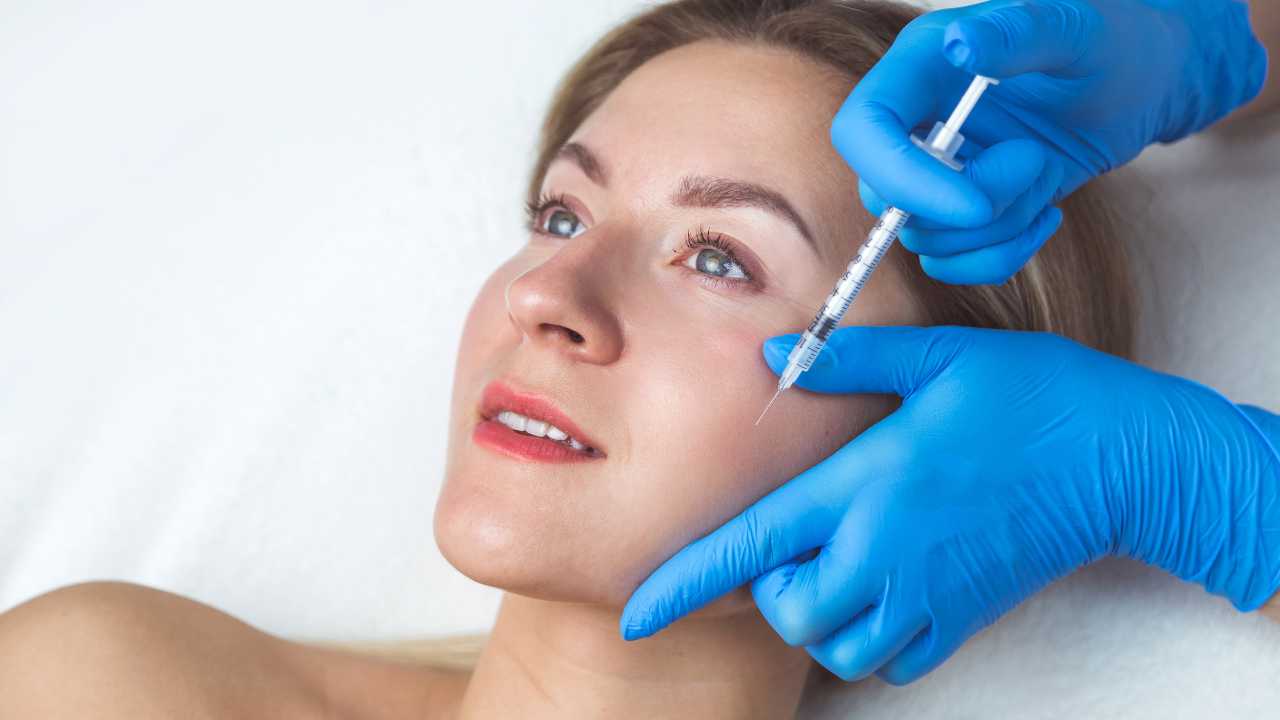
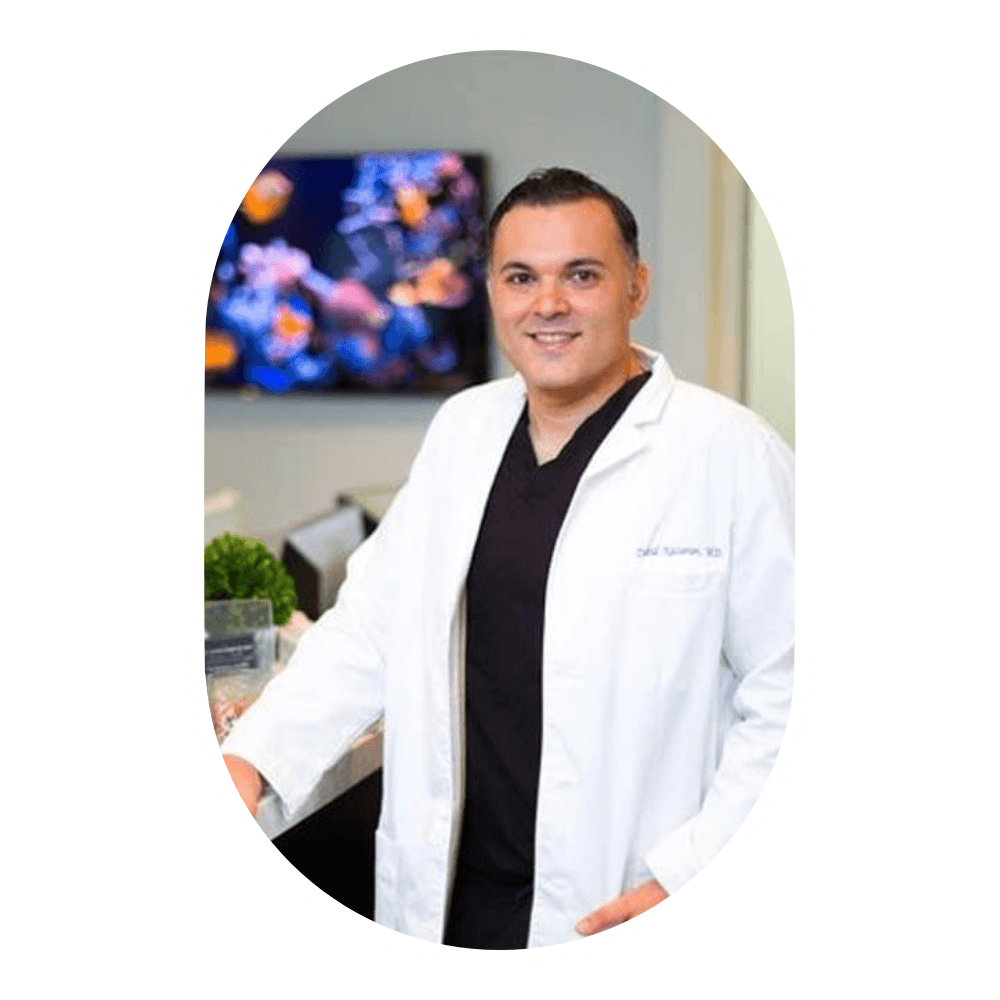
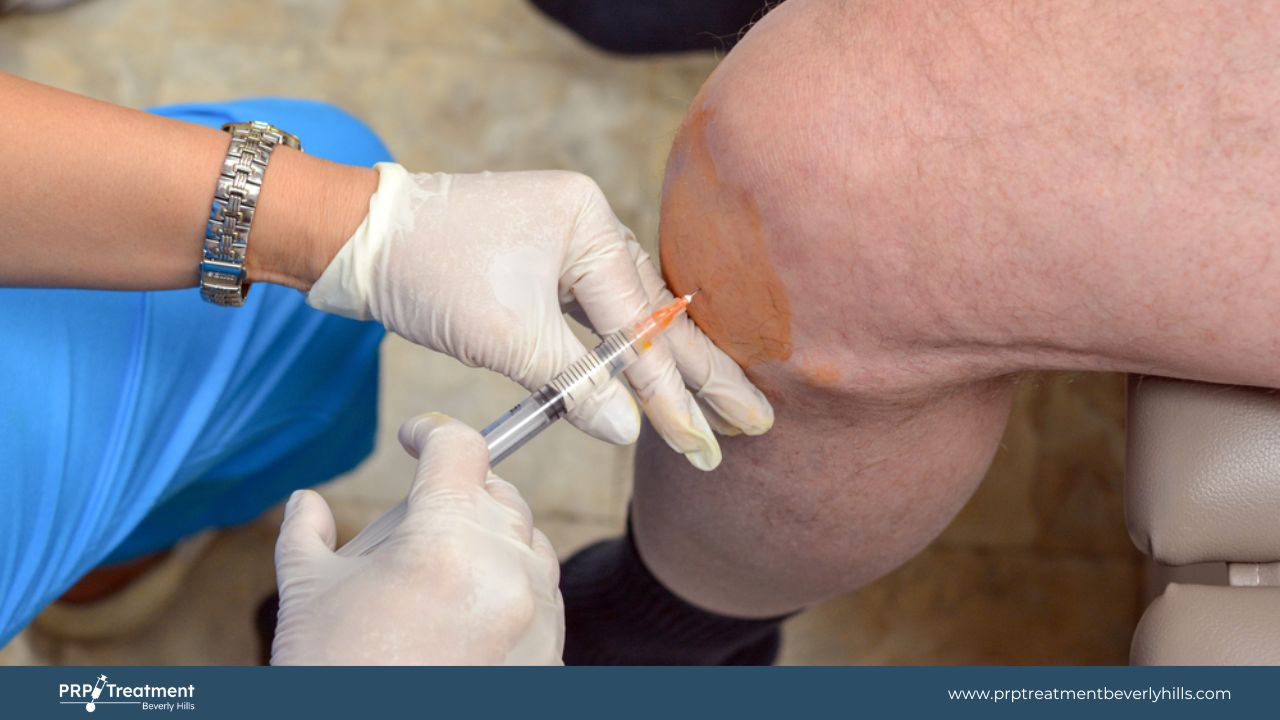
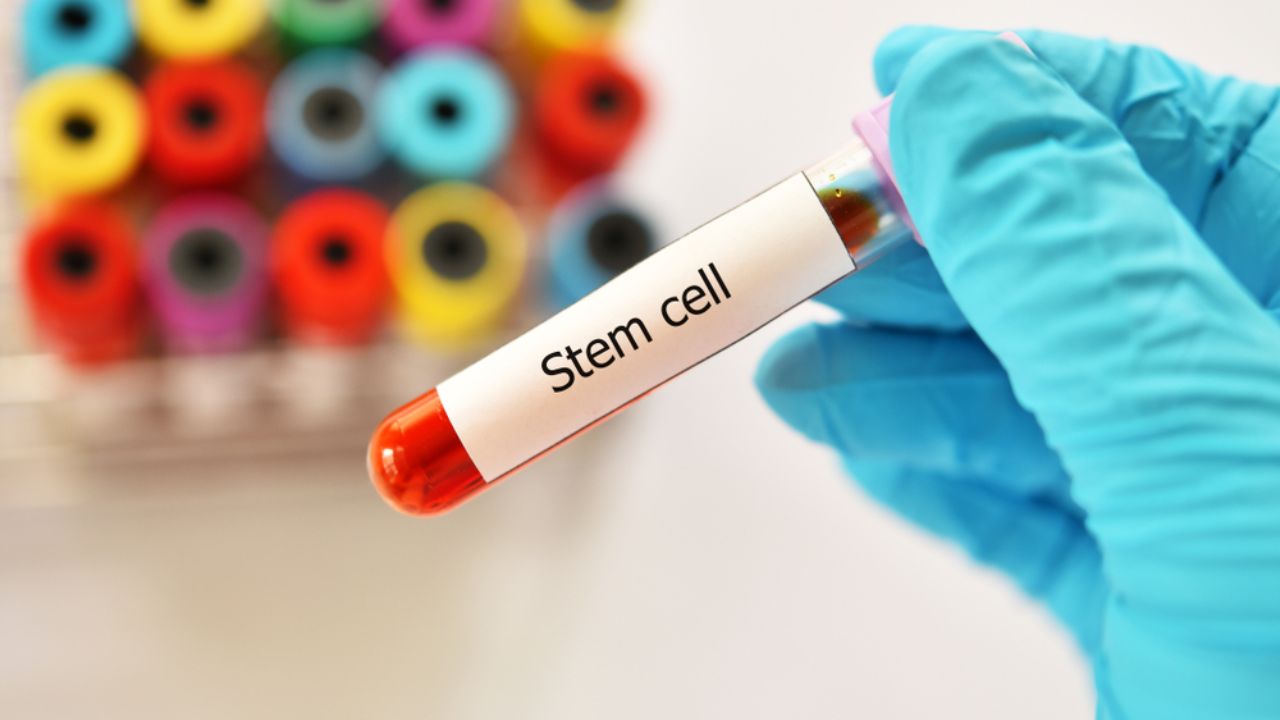
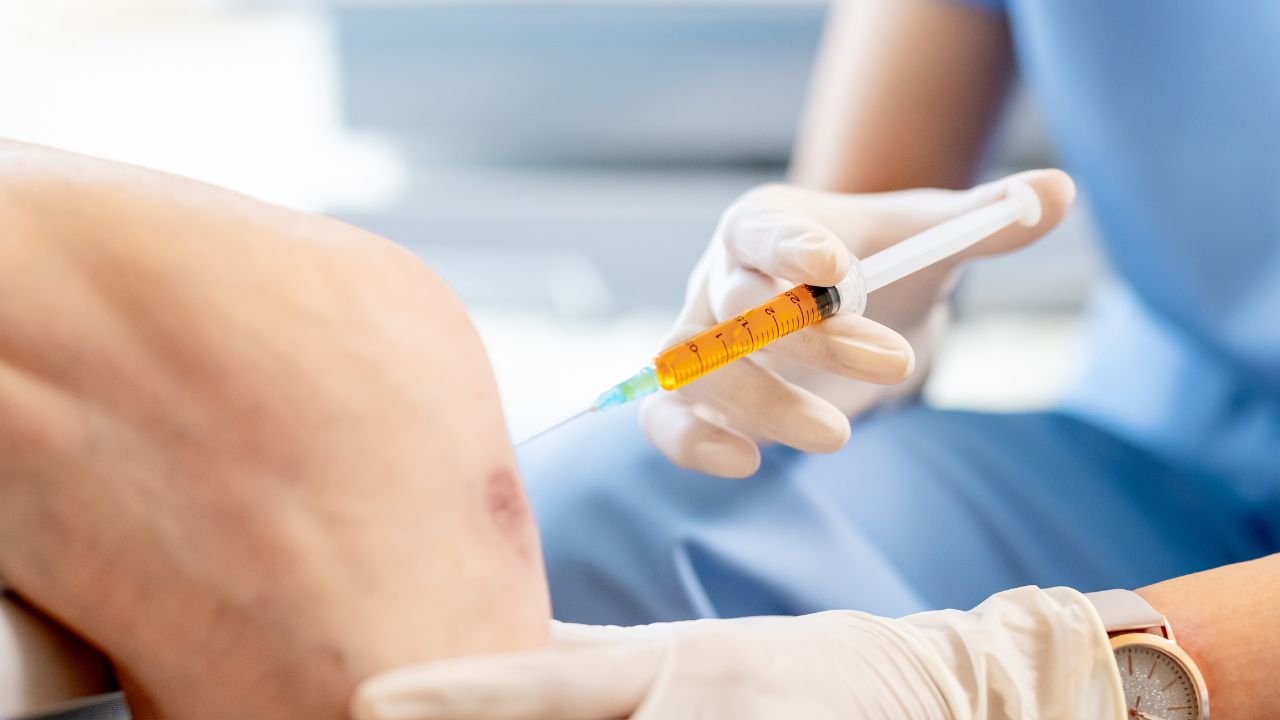
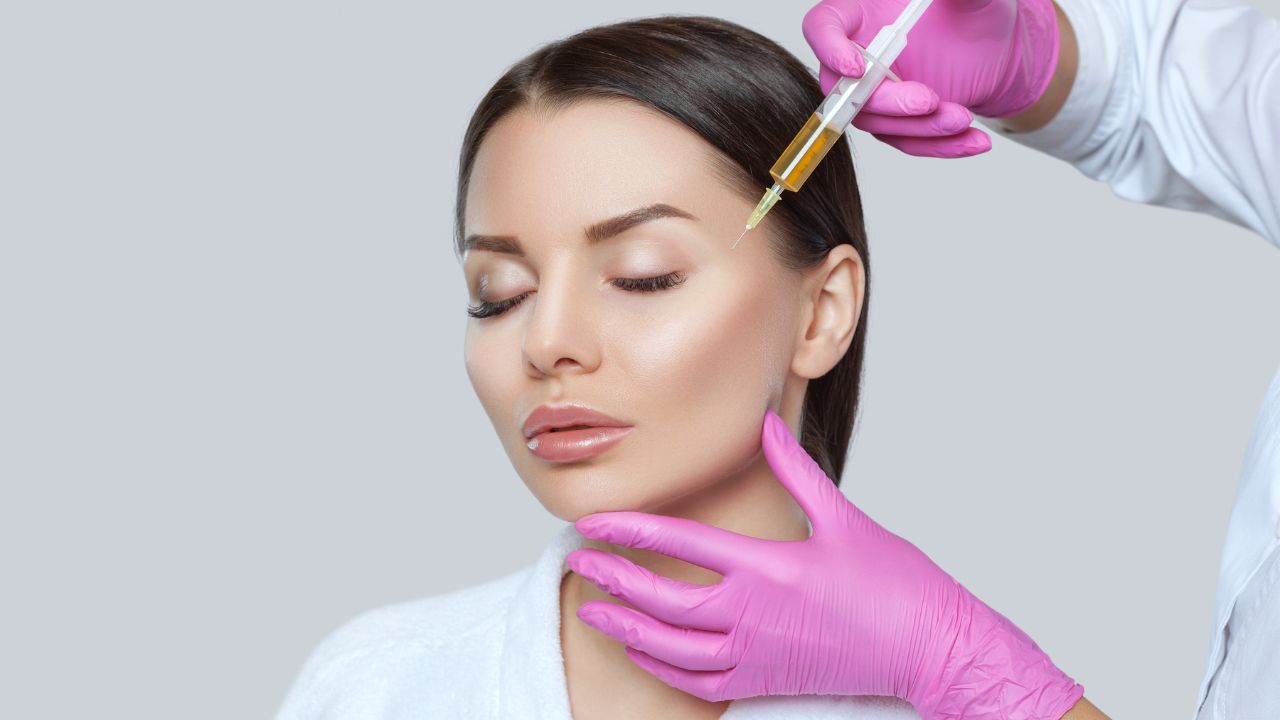
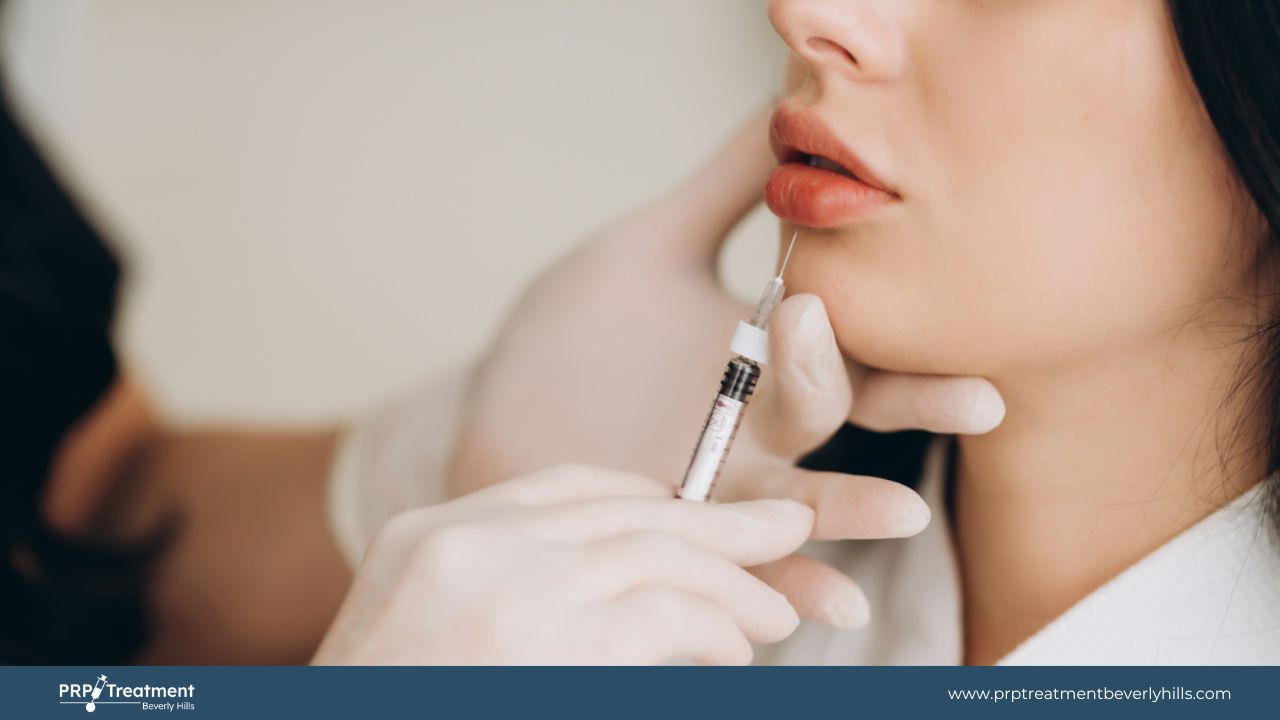
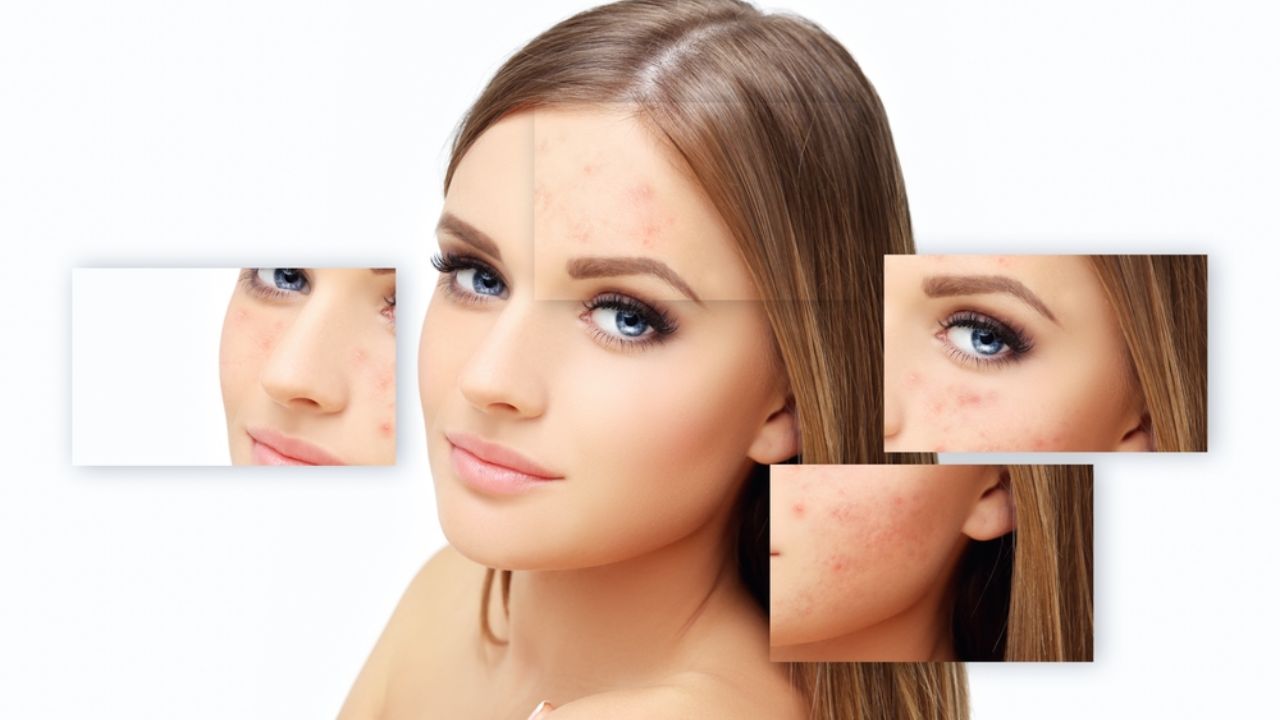
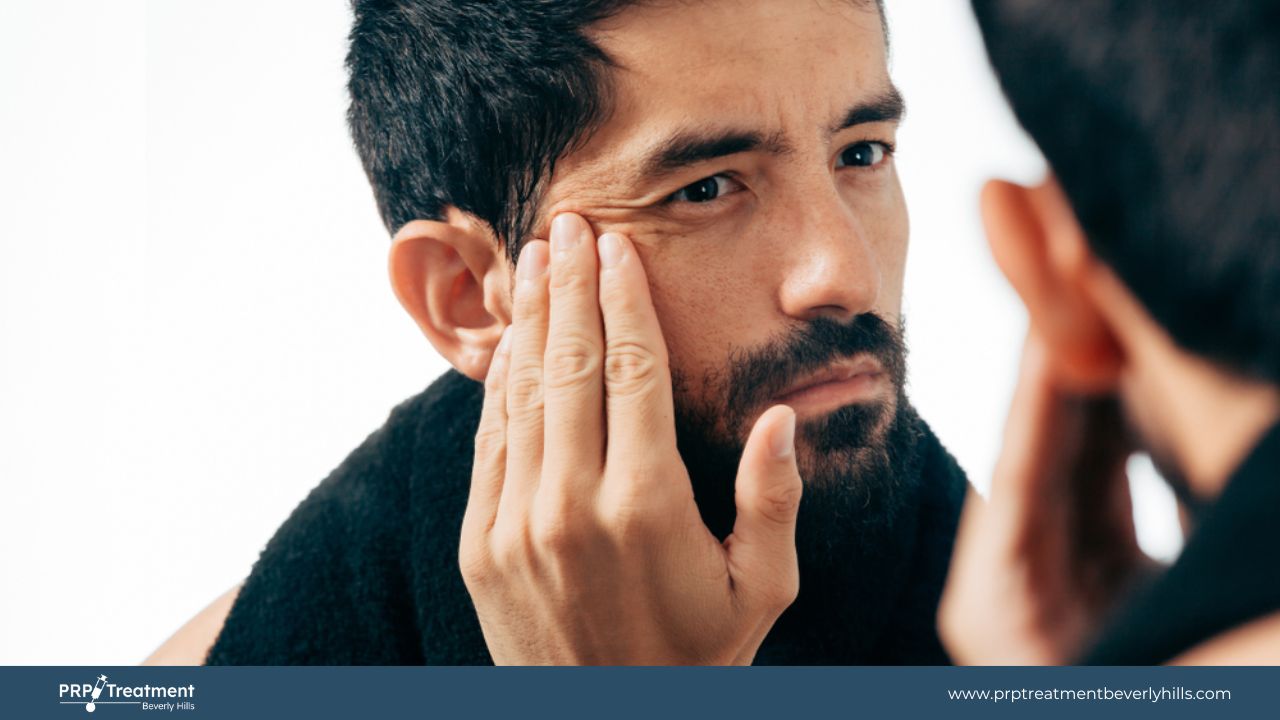
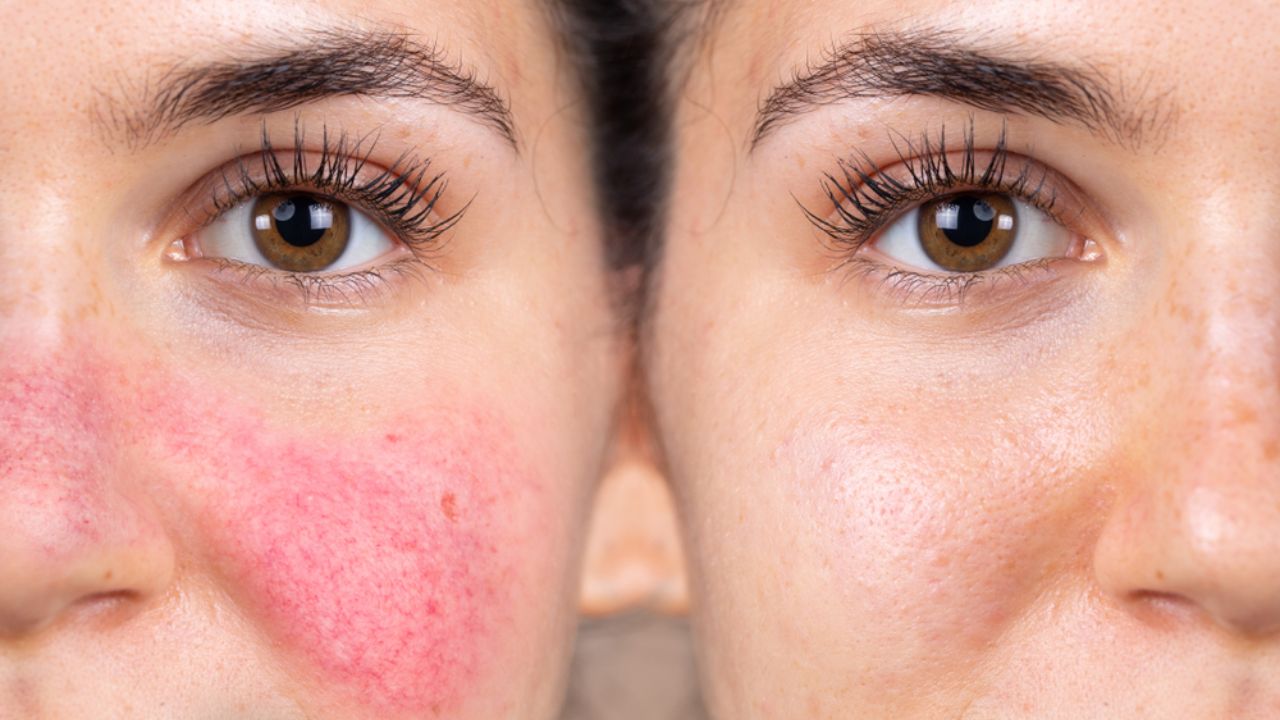
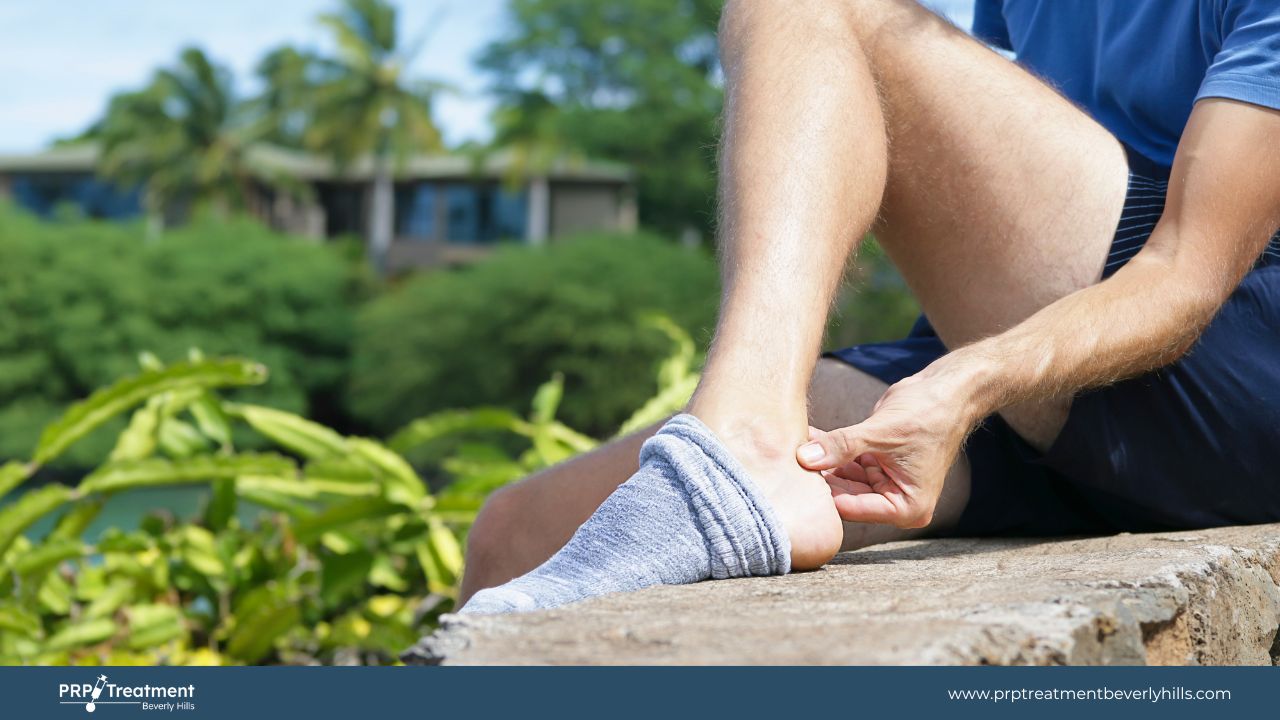
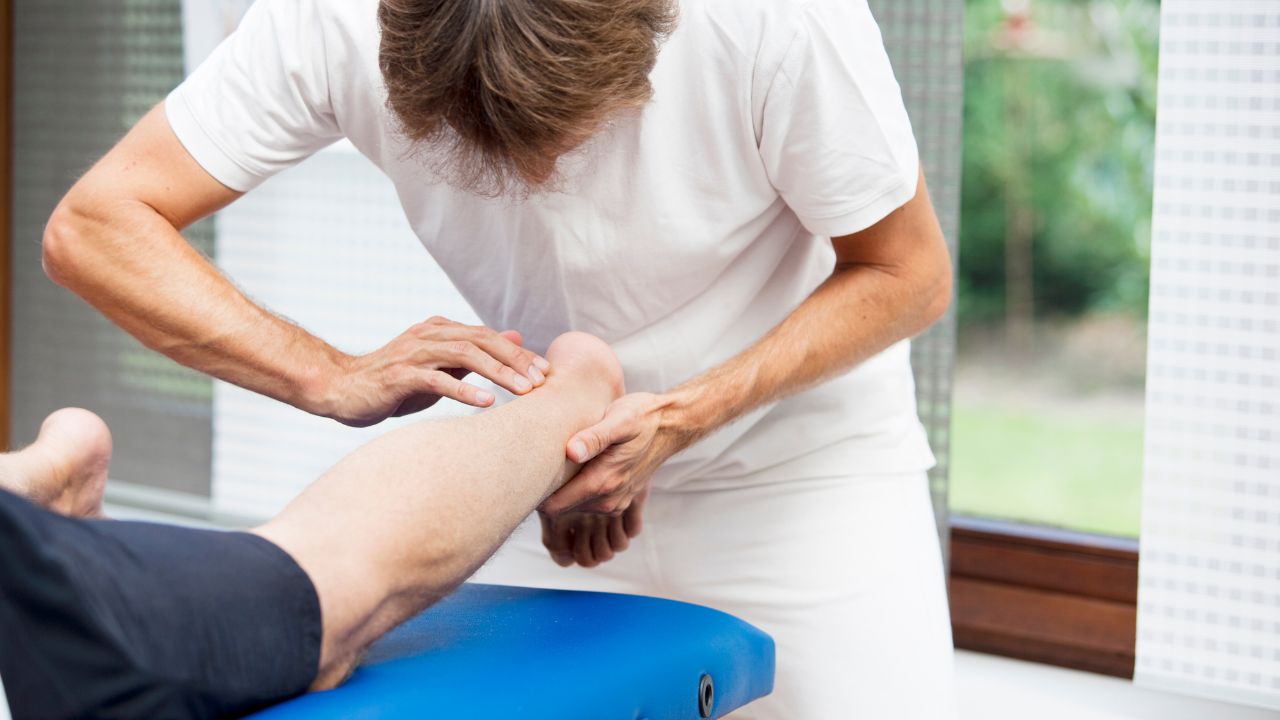
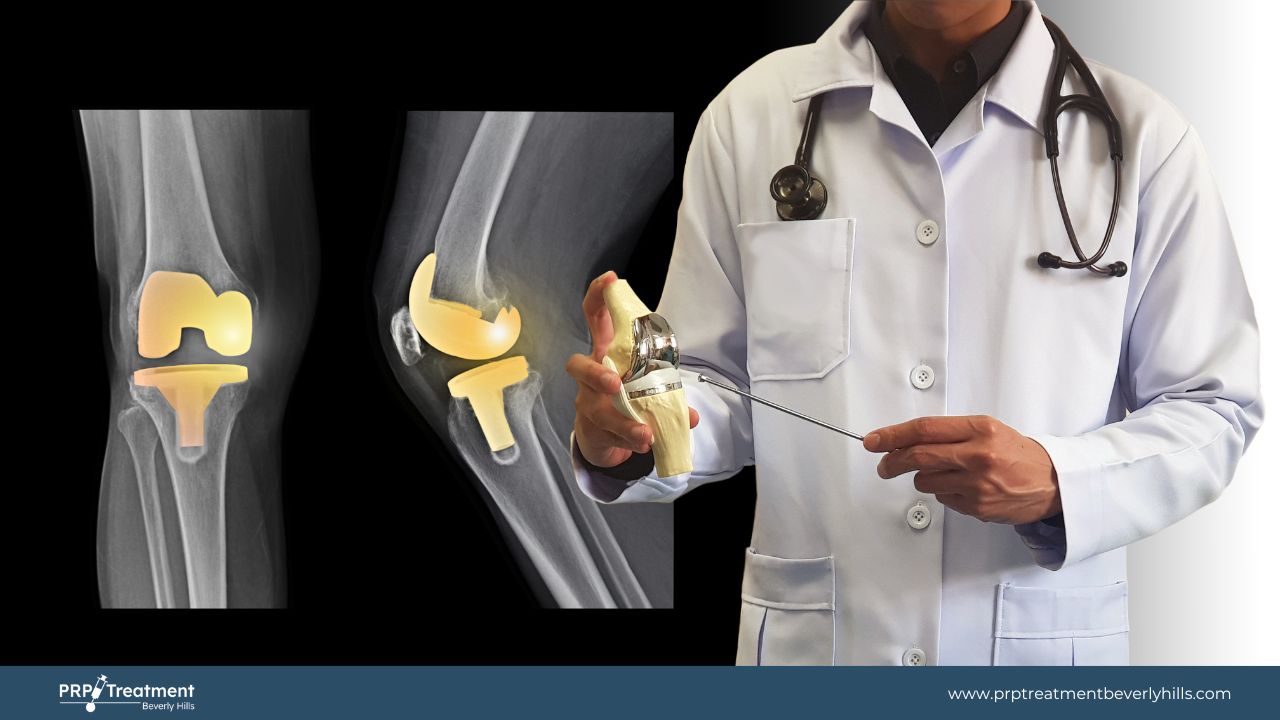


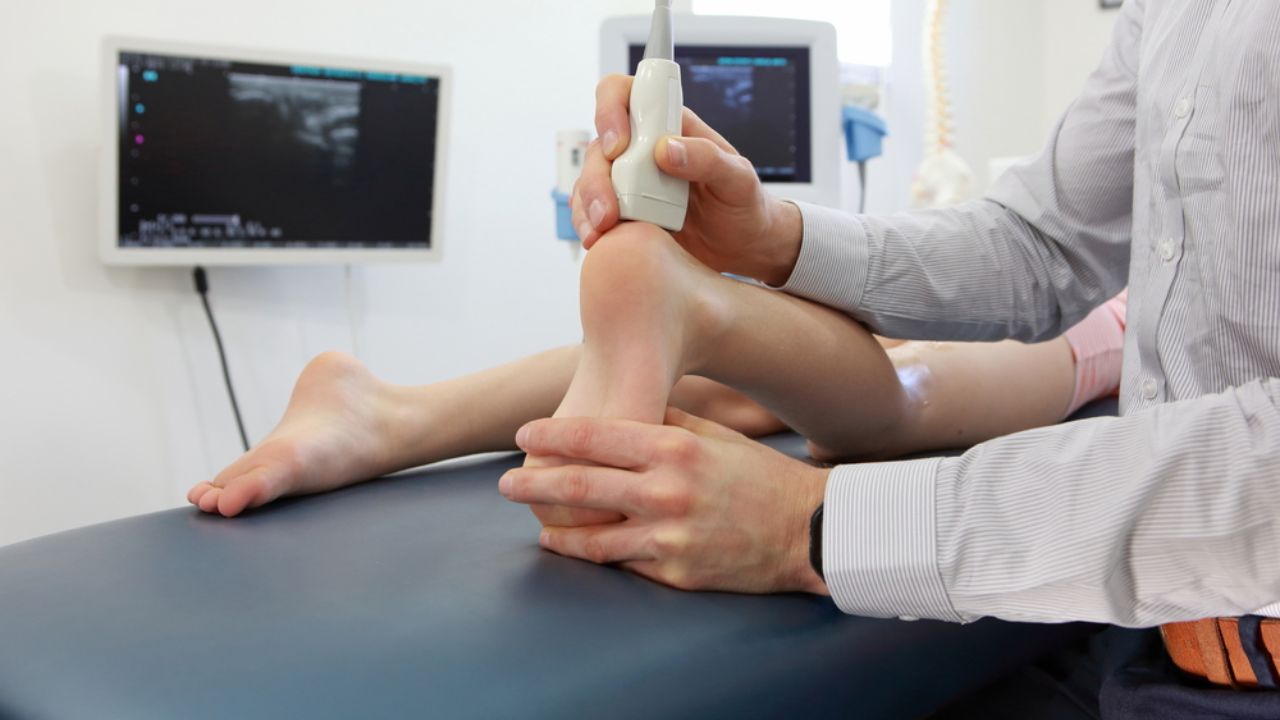
![Platelet Rich Plasma For Rotator Cuff Tears [4 Risks & Benefits to Consider]](https://prptreatmentbeverlyhills.com/wp-content/uploads/2023/03/Platelet-Rich-Plasma-For-Rotator-Cuff-Tears-4-Risks-Benefits-to-Consider-PRP-Treatment-Beverly-Hills.jpg)
